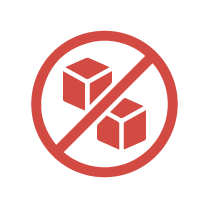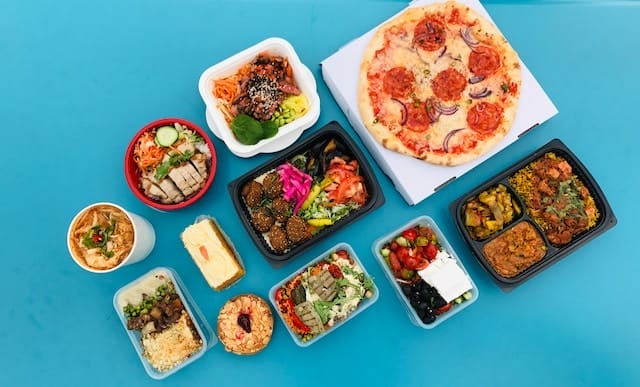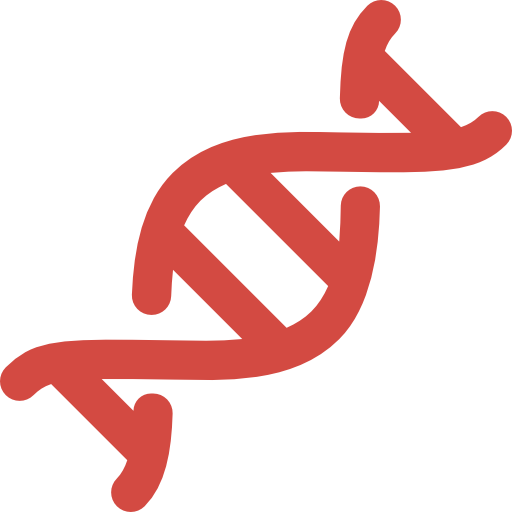
Almost 90% of all serious food allergies are caused by just a few foods.
These foods are often ingredients in other foods, so avoiding them requires diligence, including careful label reading and other measures. Even then, there may be times when exposures happen unknowingly.
This blog covers some of the foods and products you’ll need to avoid if you have these allergies.
9 Most Common Food Allergens
Food allergies saw a dramatic rise beginning in the early 1990s.
The number of cases skyrocketed so much that researchers declared food allergies an epidemic.
Managing allergies — and knowing how to avoid allergens — became a priority.
Lawmakers in the United States passed the Food Allergen Labeling and Consumer Protection Act of 2004.
It identified eight foods as major allergens and set labeling and manufacturing requirements to better help people avoid those allergens.
Legislation in 2021 added a ninth food (Sesame)to the major allergens club.
Labeling laws regarding sesame took effect on January 1, 2023.
1. Milk
A milk allergy makes all dairy products off-limits, too. That means no butter, cheese, ice cream, yogurt … well, you get the picture.
2. Eggs
Eggs can sometimes be found in bread, waffles, pasta, pretzels, marshmallows … even specialty drinks
3. Fish
While tuna, salmon, cod and catfish most commonly set off allergic reactions, just about any of the 20,000 species of fish swimming around on Earth can probably do the same.
4. Crustacean shellfish
Shellfish allergies are the top food allergy for adults and the overall population. People can be allergic to crustaceans (such as shrimp, crab and lobster) or mollusks (like clams, oysters, scallops, snails and octopus).
5. Tree nuts
Common examples of tree nuts include walnuts, almonds, hazelnuts, pecans, cashews and pistachios
6. Peanuts
It’s the third-most common food allergy along children and adults.
About 1 in 5 children with peanut allergies currently outgrow the condition
7. Wheat
With the growth in wheat-related health issues, there has been an influx in wheat alternatives that weren’t widely available a decade ago. Lean on other grains such as amaranth, corn, oats, quinoa or rye.
8. Soybean
Soybean allergies are more typical during childhood and often go hand-in-hand with other food allergies, particularly peanuts.
9. Sesame
Sesame is a common ingredient in many prepared foods. (Hummus, for instance.) It can be used in many forms, too, including flour, oil, paste and salt.
U.S. laws requiring sesame to be clearly noted on food labels began in 2023. Be aware that packaged foods manufactured in 2022 or earlier may contain unidentified sesame.
Thoughts on food allergens
While the nine foods listed above are the most common causes of allergic reactions, they are far from the only foods that can start trouble. In fact, more than 170 foods have been identified as allergens.
If you have a food allergy, read every label, every time, to ensure food is safe. Always carry your prescribed medicine in case of an allergic reaction, too.
Reach out to me at email@drkarenwolfe.org and set up a FREE 15 minute consultation to see where you might begin on your health journey!

DISCLAIMER
The information contained in this blog is for educational purposes only and is not designed to replace or take the place of any form of medical or professional advice; and is not meant to replace the need for independent medical, financial, legal or other professional advice or services, as may be required.





























